From March through to October, we offer a wide range of culinary herbs in our Nursery: basil, chives, curry plant, dill, French tarragon, lemon verbena, marjoram, mint, oregano, parsley, rosemary, sage, thyme and many more.
Our Tearoom has its own small herb garden in pots, and our talented staff in the kitchen use a variety of herbs in their outstanding dishes.
Herbs are very easy to grow, in pots or window boxes by the back door as well as in a herb bed. Mediterranean herbs like marjoram, oregano, rosemary, sage and thyme grow best in full sun and free draining poorer soil. Chives and parsley can cope with a slightly shadier spot and richer soil.
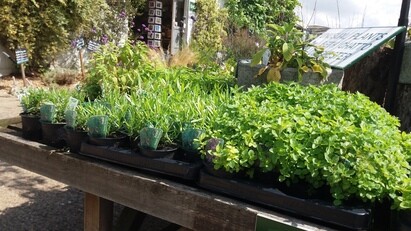
Basil (Ocimum basilicum) is an annual herb and not hardy, it does well in a sunny, sheltered spot in free draining soil. Plant outside after danger of frost has passed. It also grows happily on a sunny windowsill in the kitchen or in a greenhouse. Water sparingly, little and often. Traditionally used in Italian cuisine, especially tomato and pasta dishes and in salads, it is also the essential ingredient in pesto sauce. Tip: Try it with fruit such as strawberries or raspberries. It is important to add basil at the end as cooking destroys the flavour. Regular picking of the strongly flavoured leaves keeps the plant bushy. Nip out flower buds to encourage leafy growth.
Chives (Allium schoenoprasum) are easy to grow, popular perennial herbs. They prefer moisture-retentive but well-drained soil in either full sun or partial shade. Keep plants well- watered, especially during long dry spells in summer. Congested clumps can be lifted and divided every few years. A quick clearing of debris after the plants have died back in late autumn keeps them looking neat and tidy over winter. The leaves have a mild onion flavour and are particularly good finely chopped in potato, cheese or egg dishes as well as dips and soups, or use the whole leaf as a garnish. The attractive pink-purple flowers are great for garnishing salads.
Dill (Anethum graveolens), a frost-hardy annual, is easy to grow in well-drained soil in full sun, sheltered from strong winds. Water sparingly. Dill looks very like fennel with 'umbrellas' of yellow/green flowers in summer. Both the feathery leaves and seeds have many uses in the kitchen: best known in Gravlax (Scandinavian cured salmon), and generally good with vegetables (especially cucumber, cabbage and potatoes), sauces and dips. The seeds are essential for making dill pickles and vinegar. The taste is reminiscent of lemon, anise and parsley. Dill is also excellent as a cut flower in informal cottage garden arrangements
French tarragon (Artemisia dracunculus), a tall, tender perennial, is best grown in a pot with well-drained compost in a warm, sunny and sheltered spot. Water regularly until the plant is established. Harvest little and often between June and October, cutting 5cm from the tips of new shoots. Plants grown in the ground need cutting back and a thick layer of protective mulch in autumn. With its distinct sharp-peppery flavour it is superior in taste to the coarser Russian tarragon. Traditionally used in chicken and rice dishes, mayonnaise, sauce béarnaise and herb omelette but also very tasty mixed with melted butter in vegetable dishes or with cream cheese for jacket potatoes and sandwiches.
Lemon verbena (Aloysia triphylla) is a very tender perennial but worth growing for its intensely lemon-scented leaves. Best grown in a pot filled with free-draining compost in a warm, sunny spot with fairly high humidity. Water sparingly at first, more during hot weather, but don't let the plant become waterlogged. Lemon verbena will benefit from regular feeding with a diluted general-purpose fertiliser from May until September. Overwinter in a frost-free place. Picking the young leaves regularly will keep the plant bushy. They make a lovely lemony tea, or can be used in fruit salads or drinks like cordials or punch. Check out Mary Berry's Lemon Drizzle Cake recipe with chopped lemon verbena! Flowering sprigs are good for fragrant flower arrangements, the dried leaves for long-lasting potpourri.
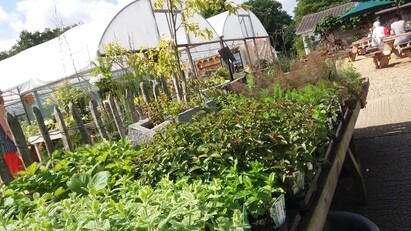
Marjoram/ Oregano (Origanum) are generally hardy perennials, not fussy and easy to grow in a warm, sunny and sheltered spot in very free-draining soil. Water the small, bushy plants sparingly and dead-head spent flowers. Oregano has a stronger flavour than marjoram, both vary in strength and flavour depending on the type. Lovely in Mediterranean and lamb dishes, in stews, soups and barbecues.
Mint (Mentha), a classic English perennial (quite invasive) herb, needs a fertile, retentive soil and benefits from added organic matter and a feed of multi-purpose fertilizer in spring. It doesn't mind a bit of shade, but keep it watered regularly during dry weather. To stop mint from spreading all over your garden, it is best planted in a pot sunk into the soil with about 5cm of rim above ground. Divide it every other year, replant the youngest part of the plant and dispose of the old section (not on the compost as it will spread!). Try growing a selection of mints with different flavours such as Spearmint, Apple mint, Chocolate mint, Strawberry mint or Pineapple mint. Essential for mint sauce and jelly, try it with potatoes or peas and in drinks or for a refreshing mint tea. Sprigs of mint compliment an informal flower arrangement in a vase or on their own make a great air freshener plus fly deterrent.
Parsley (Petroselinum crispum) is one of the best known essential herbs in the kitchen. Whether it is curly or flat-leaved, parsley requires virtually no effort. It sits happily in reasonably rich soil in sun or part shade and only requires regular watering and a dose of fertilizer every few weeks. Also, good pot-grown in the kitchen. It is best treated as an annual, as older plants tend to run to seed quicker. Preserve a glut of parsley by either freezing bunches in a plastic bag or chopped up with a little water in ice cube trays. Uses are for parsley sauce, stock, stews, soups, with potatoes and other vegetables and as garnish for most dishes.
Rosemary (Rosmarinus officinalis) is not only grown as an evergreen hardy perennial herb but also as a fragrant ornamental shrub in the garden. It will thrive in a warm, sunny and sheltered place in well-drained soil (nice together with lavender and sage). Easy to train as a standard or even topiary. Sprigs can be harvested all year round for meat (especially lamb), tomato and egg dishes. Preserve by drying whole bunches in an airy place out of direct sunlight.
Sage (Salvia officinalis) is another Mediterranean favourite. All this hardy perennial requires is a warm, sunny and sheltered spot in free-draining soil with a little water during dry spells. The different varieties all have attractive leaves - there's Purple sage, Pineapple sage, Tricolour sage, Golden sage... Good with meat (especially chicken and pork), broad and butter beans, potato gratin, tomato sauce, instead of bay leaf and of course sage and onion stuffing.
Thyme (Thymus) is - like Rosemary and sage - grown as an ornamental as well as an attractive, evergreen, no-fuss hardy perennial herb. Best planted in poor, very well-drained soil in full sun, it needs very little water and no feed once established. Also, good grown in containers on a sunny patio or as edible path edging. Regular harvesting of young shoots keeps the plants bushy. Thyme goes particularly well with lamb, beef, chicken, fish and vegetables. Common thyme, Lemon thyme or Orange thyme are the best known culinary varieties. Easy to preserve by drying.
Sonja Savage
Plantarea Sales Assistant
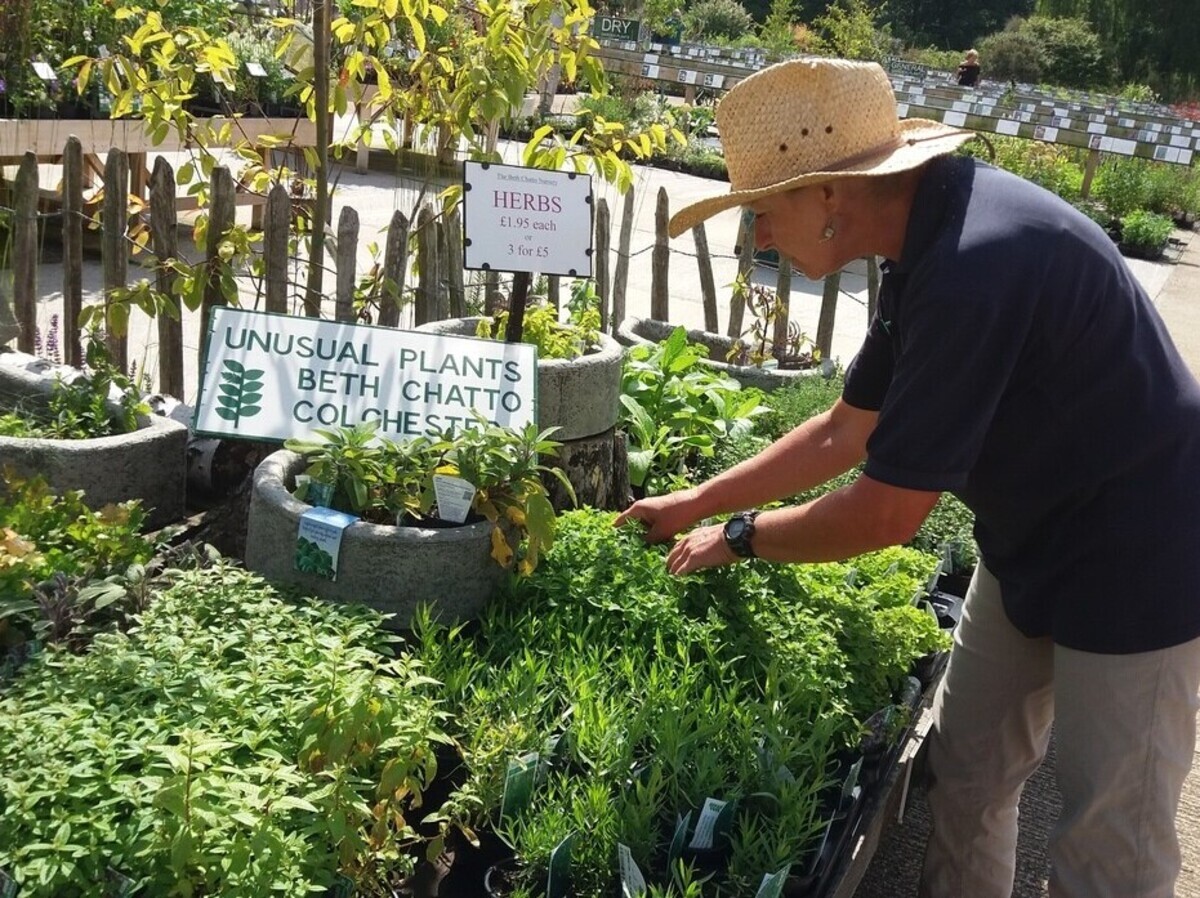

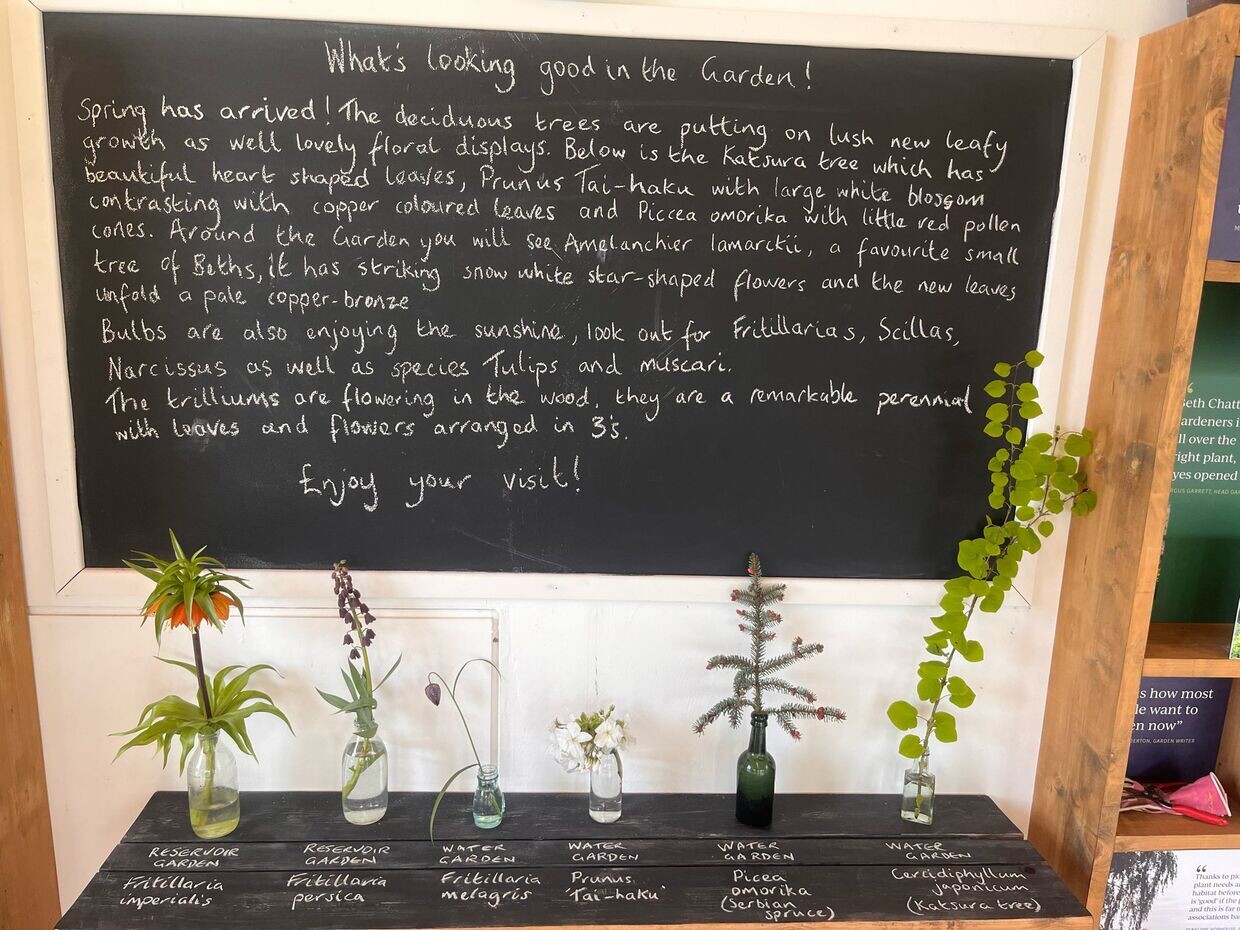
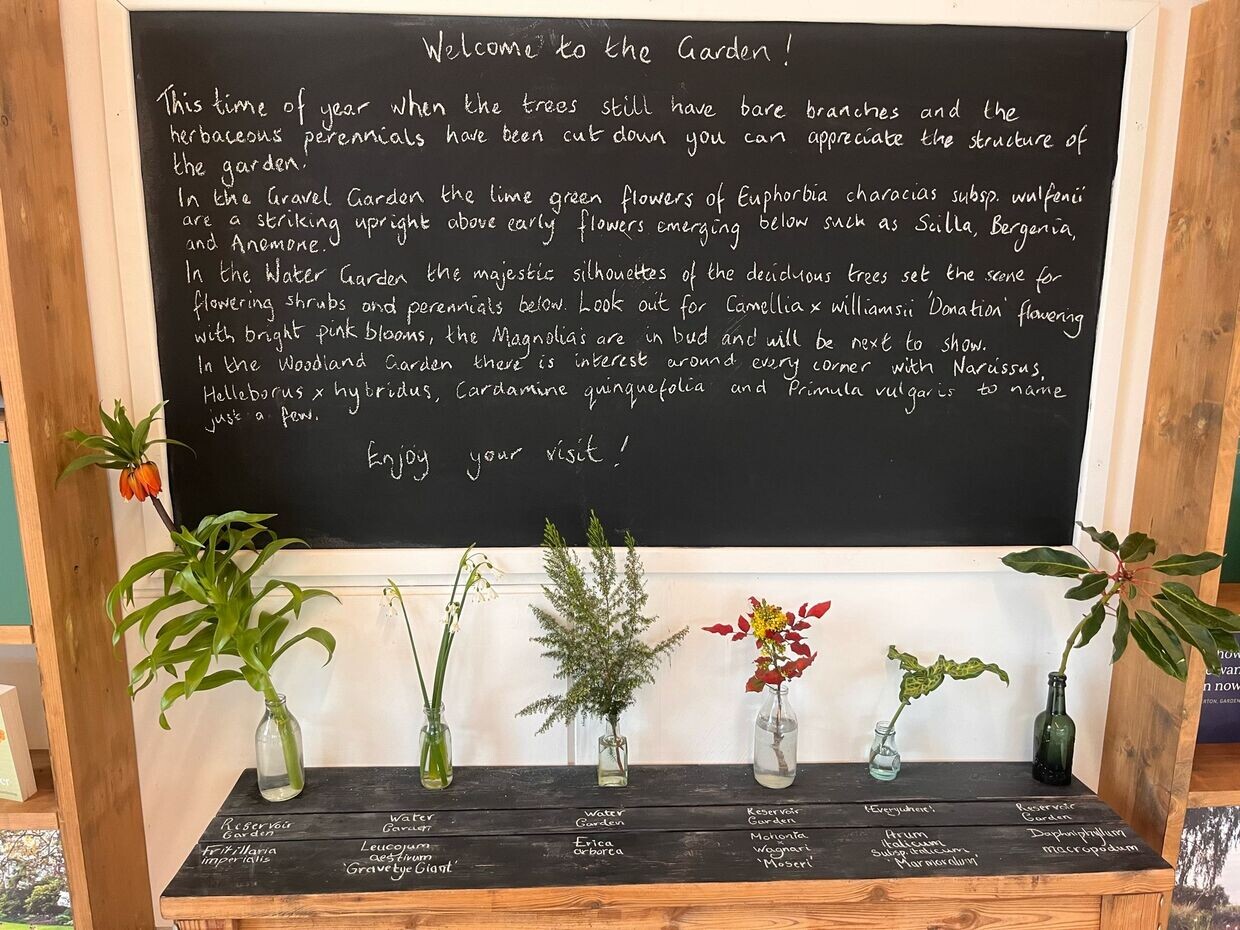
Comments